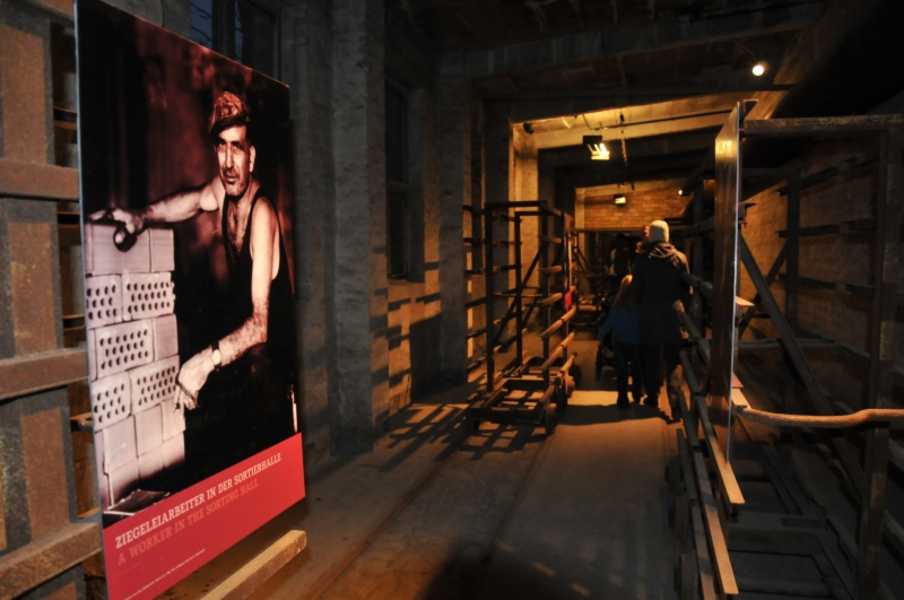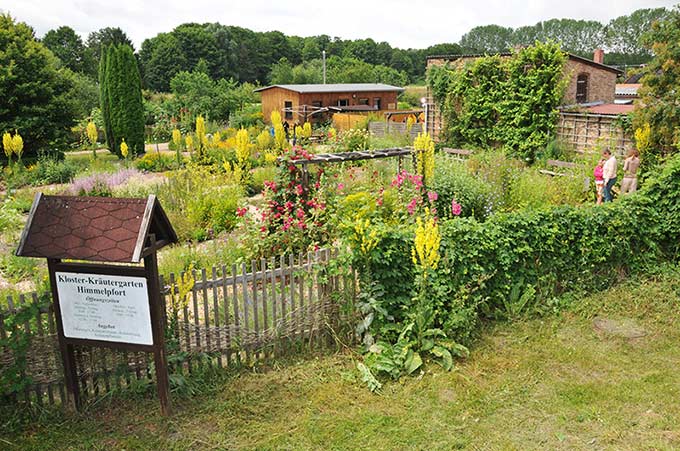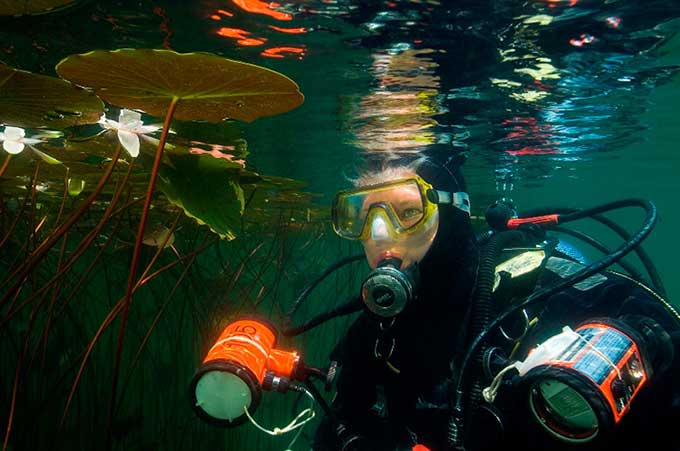On brickyard

Berlin was built from a barge - or so the legend goes. The background is brick production along the Havel between Zehdenick, Burgwall and Gransee. The waterway was the fastest way to transport the bricks to the capital. So there was a lot going on in the flat countryside thanks to industrialisation in the 19th century. During the construction of the railway line Löwenberg - Templin, clay deposits were discovered by chance, which were mined until the 90s of the 20th century.
At peak times, up to 5,000 people worked in Europe's largest brickyard. In 1911, more than 30 factories produced up to a quarter of all bricks in Brandenburg. After the fall of communism, the brickworks were no longer able to cope with the competition. One company after the other closed its doors. The plants on the premises of the Herzberg and Stackebrandt factories also fell into disrepair until they awoke from their slumber in the 1990s.
In 1997, the Mildenberg Brickworks Park opened on the site directly on the Havel River - an industrial and technical museum that brings the history of the brick industry to life in exhibitions, guided tours and events.



